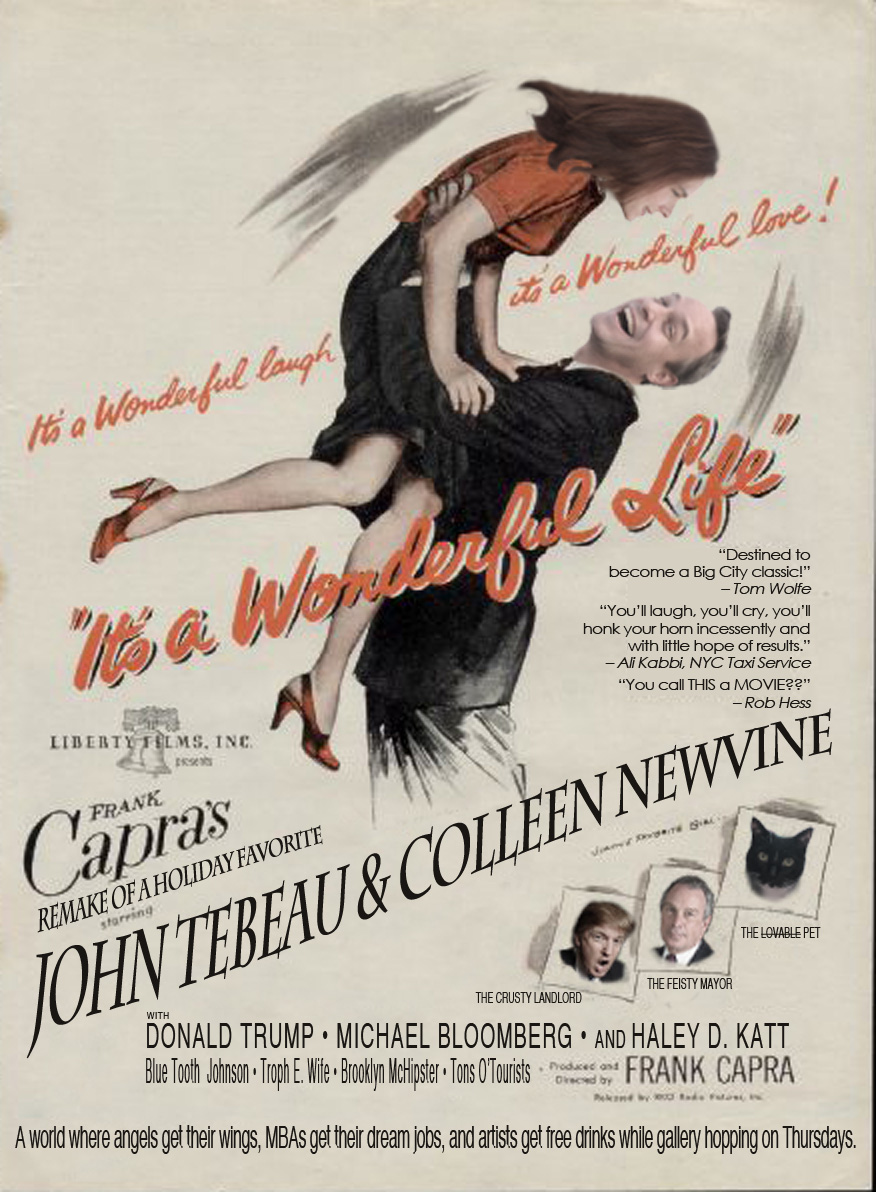
If you’re like me, you grew up thinking of It’s a Wonderful Life as the black and white background noise to the holiday season, a sort of sweet, bland Christmas movie to mostly ignore while eating cookies and decorating the tree.
If you’ve never sat down and watched it beginning to end, please make it a 2010 priority. Yes, Christmas plays a part in the movie but it won’t be like watching It’s a Charlie Brown Christmas after the fact.
You might be surprised by how dark this movie is. I don’t want to wreck it for you, but if you’ve seen the movie, tell me — were you not sort of dumbfounded by the scene with young George Bailey and his boss, the pharmacist Mr. Gower?
Even though It’s a Wonderful Life was made in 1946, Jimmy Stewart’s first movie after coming home from the war, it feels amazingly timely. It holds up the virtue of doing business with civic-minded local companies while warning about what the greed of banks focused solely on profits can do to tear apart a community.
It also tells the timeless story of sibling relationships, of the tension between family responsibility and pursuing your own dreams, and balancing hometown connections with dreams of the great big world out there.
If you’re expecting Miracle on 34th Street, this ain’t it. But if you want a movie that will get you thinking about what the world might be like without you and about the alternative paths you might’ve chosen, it’s not to late to pop in this holiday classic.
Don’t read this Wikipedia summary until after you’ve seen the movie — major spoilers abound.

Not too late to watch It's a Wonderful Life
